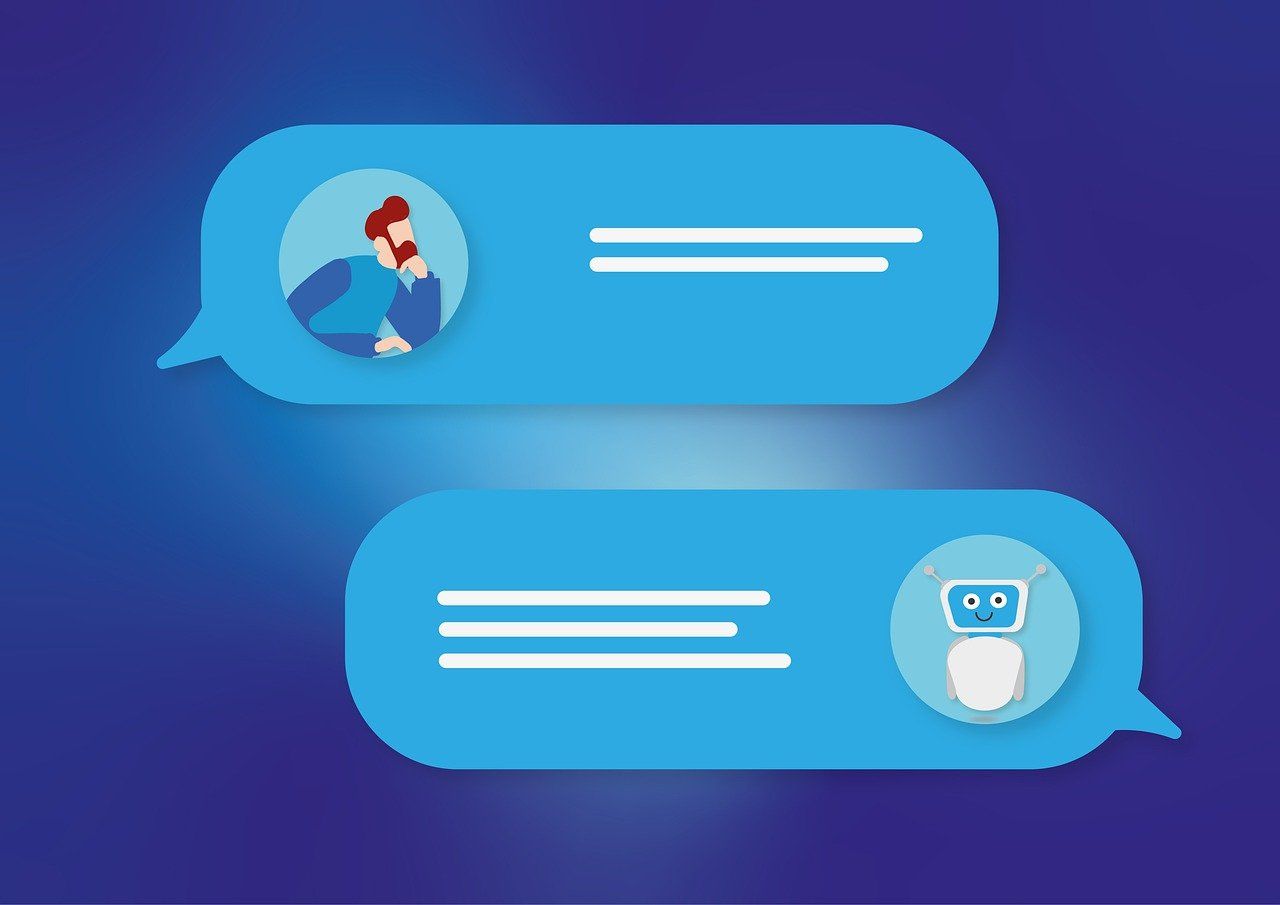
Introducing Open-Source Platforms for AI Chatbot Evaluation
 As AI chatbots become increasingly sophisticated and widely deployed, the need for robust evaluation methods has never been greater. Open-source platforms for chatbot evaluation are emerging as powerful tools to assess chatbot performance, identify areas for improvement, and drive innovation in conversational AI. Let's explore some key developments in this space.
As AI chatbots become increasingly sophisticated and widely deployed, the need for robust evaluation methods has never been greater. Open-source platforms for chatbot evaluation are emerging as powerful tools to assess chatbot performance, identify areas for improvement, and drive innovation in conversational AI. Let's explore some key developments in this space.
Why Open-Source Evaluation Matters
Open-source chatbot evaluation platforms offer several key benefits:
- Transparency: They allow for public scrutiny of evaluation methods.
- Collaboration: Researchers and developers can contribute improvements.
- Standardization: They help establish common benchmarks for the field.
- Accessibility: Smaller teams and individual researchers can access high-quality evaluation tools.
Notable Open-Source Platforms
The landscape of open-source chatbot evaluation is rapidly evolving, with several notable platforms leading the charge. These tools offer a range of features and methodologies for assessing chatbot performance, from natural language understanding to task completion rates. This section delves into some of the most influential open-source platforms, examining their unique approaches and contributions to the field of chatbot evaluation.
- ParlAI: Developed by Facebook AI Research, ParlAI provides a unified framework for training and evaluating dialogue models.
- Botpress: This platform includes built-in analytics and testing tools for chatbot assessment.
- Rasa: While primarily a development framework, Rasa offers evaluation capabilities for intent classification and entity extraction.
- BotKit: Offers testing and analytics features alongside its bot-building toolkit.
Key Evaluation Metrics
Effective chatbot evaluation relies on a multifaceted approach, incorporating various metrics to assess different aspects of conversational AI performance. From measuring the relevance and coherence of responses to gauging user satisfaction and task completion rates, these metrics provide valuable insights into a chatbot's capabilities and limitations. This section explores the key evaluation metrics used by open-source platforms and their significance in improving chatbot functionality. These platforms typically assess chatbots on metrics such as:
- Response relevance
- Conversational coherence
- Task completion rates
- User satisfaction
- Language understanding accuracy
Challenges and Future Directions
As open-source evaluation platforms continue to evolve, they face several significant challenges. One of the primary hurdles is keeping pace with the rapid advancements in AI language models. As chatbots become more sophisticated, evaluation methods must adapt to assess increasingly complex conversational abilities.
Another key challenge lies in developing metrics that can effectively measure performance in nuanced, context-dependent conversational scenarios. Simple metrics like response accuracy or task completion rates may not capture the full spectrum of a chatbot's conversational prowess.
Additionally, there's a growing need to address potential biases in evaluation datasets. These biases could skew results and lead to inaccurate assessments of chatbot performance across diverse user groups and conversational contexts.
The Future of Chatbot Evaluation
Open-source platforms are likely to play a crucial role in shaping the future of AI chatbot development.
By providing accessible, transparent, and collaborative evaluation tools, these platforms can help drive improvements in chatbot technology and ensure that conversational AI systems meet the highest standards of performance and user experience.
Related Articles


